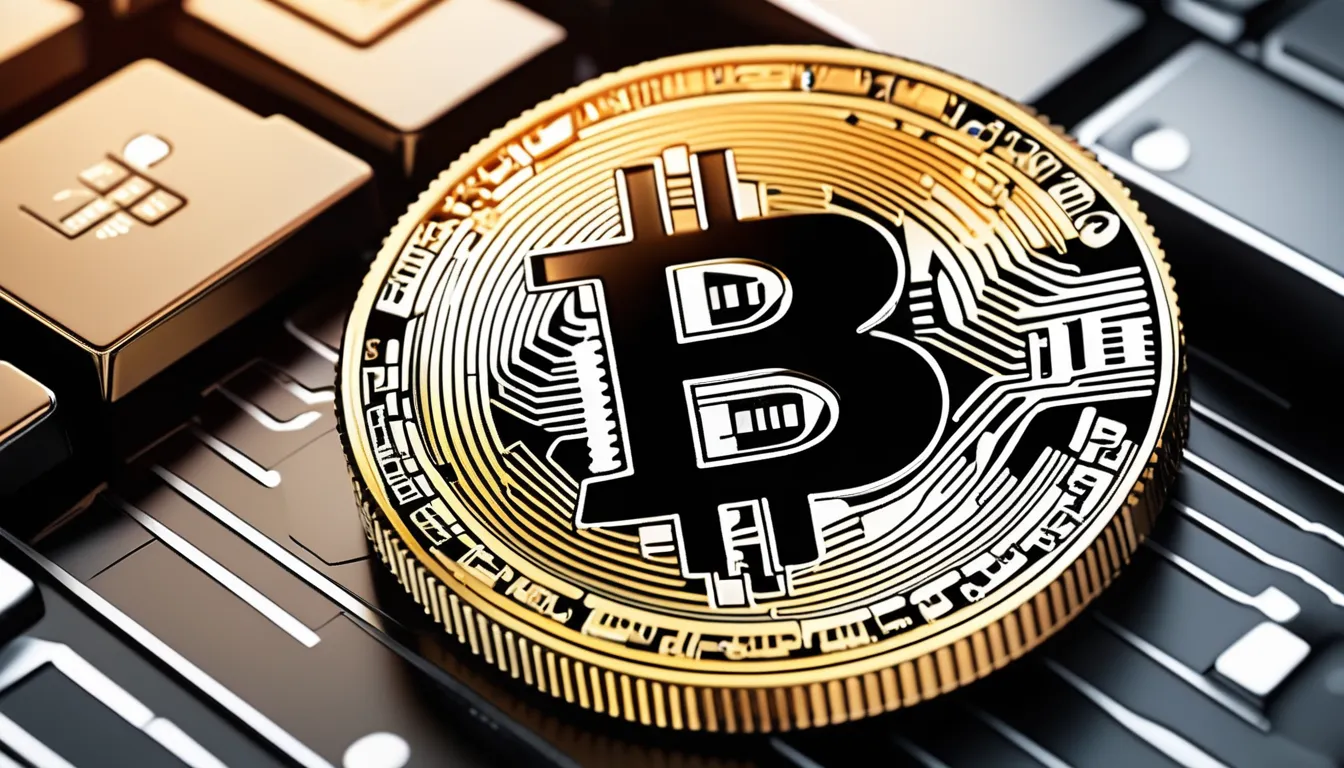You might be surprised at how cryptocurrencies are reshaping global finance, with significant trends emerging that warrant your attention. The rise of decentralized finance is challenging traditional systems, while regulatory bodies scramble to create frameworks that protect consumers without stifling innovation. Major players are also stepping in, integrating digital assets into their offerings, and central bank digital currencies are on the horizon. As these developments unfold, you’ll want to consider how they could impact your financial landscape in the near future. What could all this mean for global economic stability?
Current Trends in Cryptocurrency
Current trends in cryptocurrency reveal a rapidly evolving landscape that’s reshaping financial systems worldwide.
You’ll notice that more individuals and institutions are embracing digital currencies, driven by the promise of decentralization and financial autonomy. As you explore the market, you’ll find that Bitcoin remains a dominant player, but altcoins like Ethereum and Solana are gaining traction due to their advanced functionalities and smart contract capabilities.
DeFi, or decentralized finance, is another trend you can’t overlook. It’s revolutionizing how you access financial services, allowing you to lend, borrow, and trade without traditional intermediaries.
You can engage with liquidity pools and yield farming, maximizing your returns in ways that were previously unimaginable.
Moreover, NFTs, or non-fungible tokens, are capturing attention, merging art, gaming, and finance.
As you dive into this space, you’ll see that digital ownership is becoming a hot topic, creating new revenue streams for creators and investors alike.
Regulatory Developments Worldwide
As the cryptocurrency landscape continues to evolve, regulatory developments are becoming increasingly significant in shaping its future. You’ll want to keep an eye on how various countries are approaching crypto regulation, as these policies can greatly influence market dynamics and investor confidence.
For instance, the U.S. is actively working on frameworks to classify and regulate digital assets, aiming to protect consumers while fostering innovation.
In Europe, the Markets in Crypto-Assets (MiCA) regulation is making strides, potentially creating a unified approach across member states. This could simplify compliance for businesses and enhance consumer protections.
Meanwhile, countries like China have taken a more restrictive stance, outright banning news on crypto currency transactions, which sends ripples through global markets.
You should also watch for developments in key jurisdictions like Singapore and the UK, which are actively crafting regulations that balance innovation and security.
These regulatory frameworks not only impact how you engage with cryptocurrencies but also determine the landscape for future innovations. Staying informed about these changes will help you navigate the complexities of the crypto market as it continues to mature.
Major DeFi Innovations and Impacts
Decentralized Finance (DeFi) has rapidly transformed the financial landscape, offering innovative solutions that challenge traditional banking systems.
You’re witnessing the rise of platforms that empower users with financial services without intermediaries. This shift is reshaping how you think about money, lending, and investing.
Here are some major DeFi innovations and their impacts:
- Lending and Borrowing Protocols: Platforms like Aave and Compound allow you to lend your assets for interest or borrow against them, disrupting conventional loan processes.
- Decentralized Exchanges (DEXs): With DEXs like Uniswap, you can trade cryptocurrencies directly from your wallet, enhancing privacy and reducing reliance on centralized platforms.
- Yield Farming: By providing liquidity to various DeFi projects, you can earn rewards, making your assets work harder for you.
- Stablecoins: These cryptocurrencies stabilize value, enabling seamless transactions and acting as a bridge between traditional finance and DeFi.
As you explore these innovations, realize that DeFi isn’t just about technology; it’s about creating a more inclusive financial system.
You have the opportunity to engage with a new world of finance that prioritizes accessibility and transparency.
Institutional Adoption of Cryptos
In recent years, the landscape of finance has been dramatically reshaped by the increasing institutional adoption of cryptocurrencies. You might’ve noticed how major financial institutions, hedge funds, and even corporations are now integrating digital assets into their portfolios. This shift isn’t just a trend; it reflects a growing acceptance of crypto as a legitimate asset class.
By embracing cryptocurrencies, institutions aren’t only diversifying their investments but also enhancing liquidity in the market. It’s fascinating to see how firms like Tesla and MicroStrategy have allocated substantial portions of their treasury reserves to Bitcoin, signaling confidence in its long-term value.
Moreover, traditional banks are beginning to offer crypto services, making it easier for clients to access and invest in these digital assets.
You should pay attention to regulatory developments as they play a crucial role in shaping this adoption. As frameworks evolve, they can either bolster or hinder institutional participation in the crypto space.
Future Predictions for Digital Currencies
Looking ahead, the future of digital currencies appears promising yet uncertain. As you navigate this evolving landscape, you’ll likely encounter several trends shaping the direction of these assets.
The rise of central bank digital currencies (CBDCs) could redefine how you perceive traditional finance, offering a stable alternative to decentralized cryptos.
You might also notice an increased emphasis on regulatory frameworks. Governments around the world are beginning to establish guidelines that ensure the safety and integrity of digital transactions. This could foster greater trust among users like you.
Additionally, innovations in technology, such as blockchain scalability and interoperability, are set to enhance the user experience. You may find that these advancements make digital currencies more accessible than ever.
Consider these key predictions:
- Mainstream adoption will grow, making digital currencies a part of everyday transactions.
- Investment diversification will encourage traditional investors to explore crypto assets.
- Increased security measures will mitigate risks, fostering confidence in digital transactions.
- Environmental considerations will drive the shift toward sustainable crypto mining practices.
Embrace these changes as you stay informed about the future of digital currencies.
Conclusion
As you navigate the evolving landscape of cryptocurrencies, staying informed about current trends, regulatory changes, and innovations in decentralized finance is crucial. Keep an eye on institutional adoption, as it signals growing confidence in digital assets. Plus, the rise of central bank digital currencies could reshape how we think about money. By following these developments, you’ll better understand the long-term implications of cryptos on global finance and how they might impact your financial decisions.






